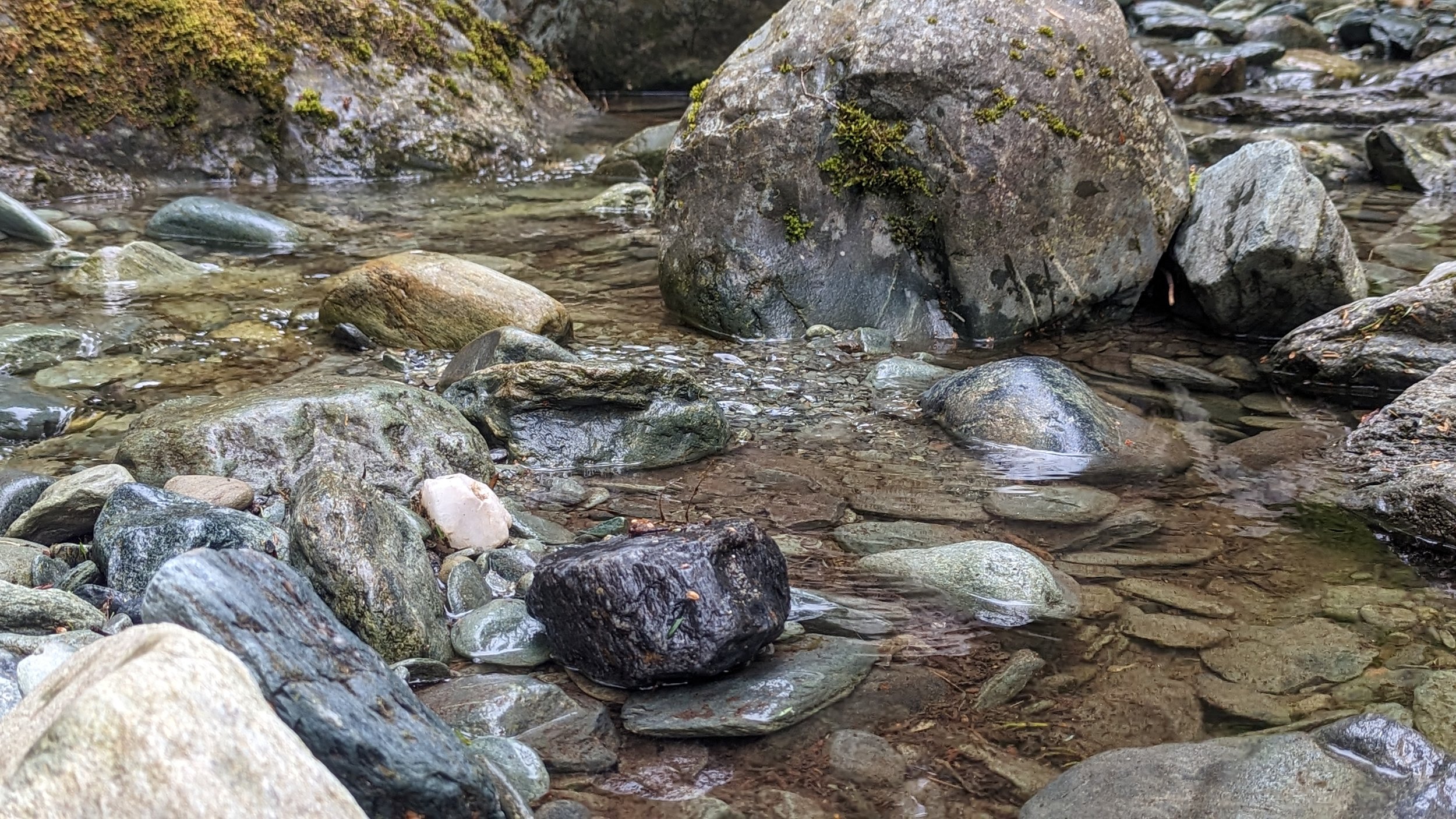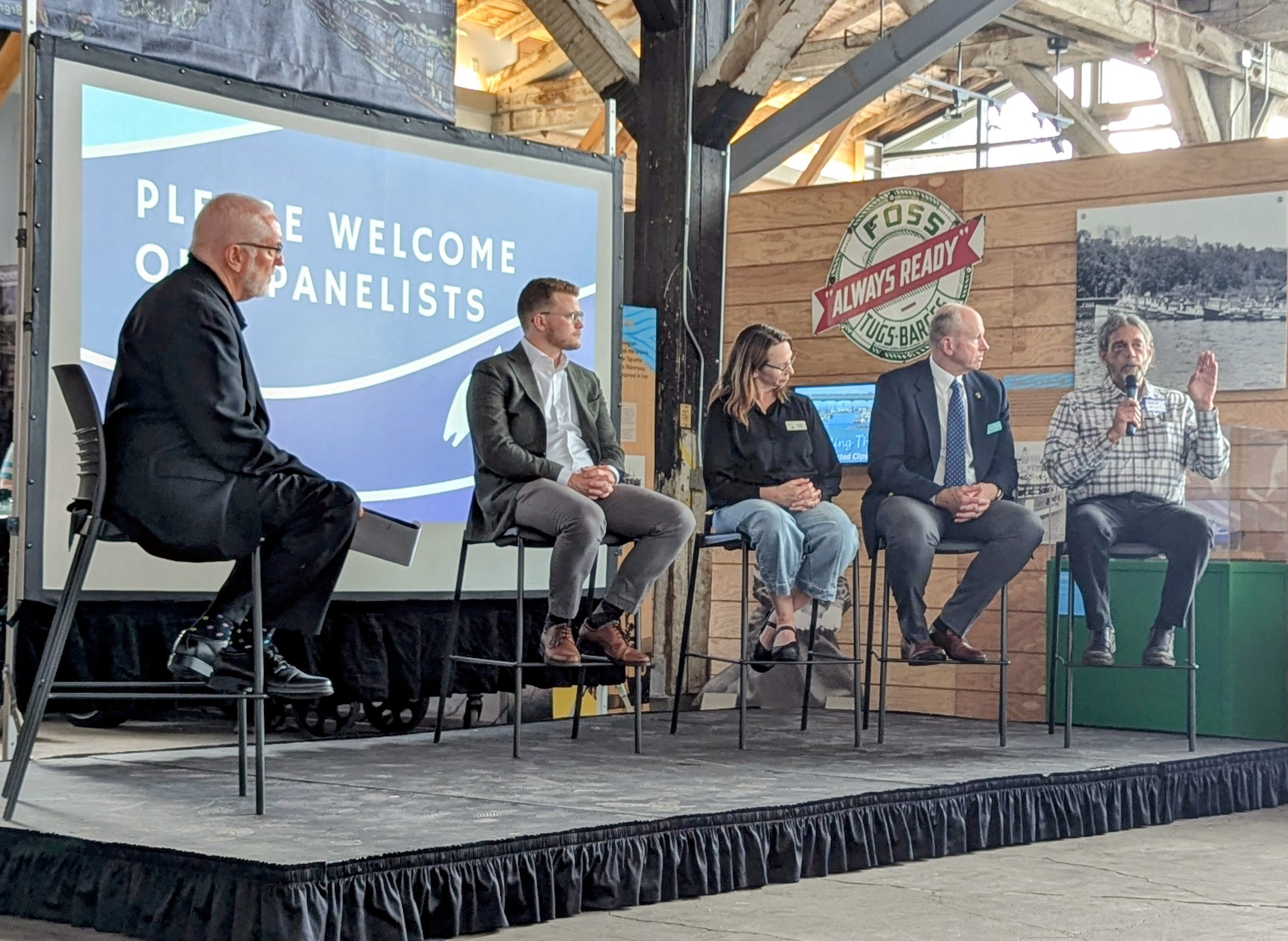
NEWS & ANNOUNCEMENTS
"The fish and I were both stunned and disbelieving to find ourselves connected by a line." — William Humphrey in "The Armchair Angler"


Washington public TV celebrates TU volunteers measuring culverts by Greg Fitz - Sept. 3, 2024
This article, written by TU's West Coast Communications Director, Greg Fitz, details how WCTU is working alongside tribal and governmental organizations, community members, and private landowners to improve the ability of salmon, trout, and other aquatic creatures to navigate their home waters. It covers how important volunteers are to this effort and how appreciated these folks who donate their time, effort, and interest to this critical cause, and the positive experience they have when getting to explore Washington's wilderness and contribute to the Barrier Assessment Team's success.

